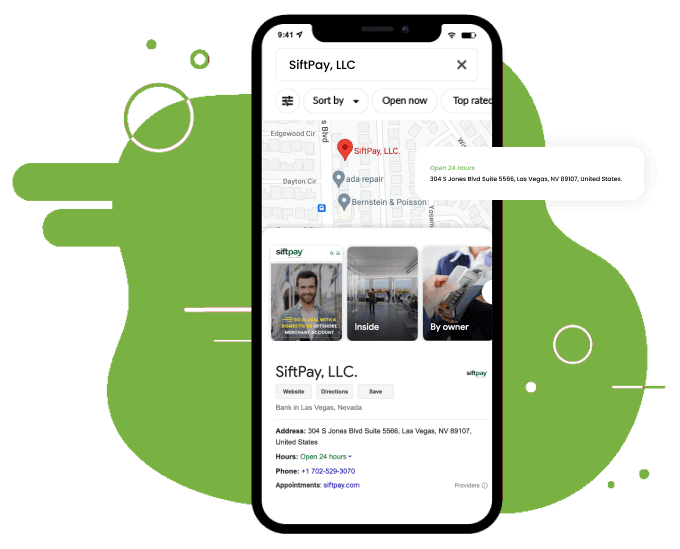
Aesthetic Appeal: The Visual Symphony
The visual aesthetics of a website serve as the initial handshake between the user and the brand. An appealing design can captivate visitors, encouraging them to explore further. Color schemes, typography, and imagery must align with the brand identity to create a cohesive and memorable visual experience. Striking the right balance between creativity and functionality is crucial, ensuring that the design not only looks good but also enhances the overall user journey.
User Experience (UX): Navigating with Intuition
A visually pleasing website is only as effective as its user experience. The goal is to create an intuitive and seamless journey for visitors, allowing them to navigate effortlessly and find the information they seek. Responsive design, easy navigation menus, and strategic placement of calls-to-action contribute to a positive user experience. Understanding the target audience and tailoring the design to meet their needs enhances usability, encouraging prolonged engagement.
Mobile Responsiveness: Design Beyond the Desktop
With the increasing use of smartphones and tablets, a responsive web design is no longer a luxury—it's a necessity. Websites must adapt seamlessly to different screen sizes and devices, ensuring a consistent and enjoyable experience for users on the go. Google's emphasis on mobile-first indexing further underscores the importance of prioritizing mobile responsiveness in web design, impacting search engine rankings and user satisfaction.
Loading Speed: The Need for Speed
In the fast-paced digital era, users expect instant gratification. A slow-loading website can result in high bounce rates and decreased user satisfaction. Optimizing images, leveraging browser caching, and minimizing unnecessary scripts are essential strategies to enhance loading speed. Investing in a robust hosting infrastructure also contributes to a swift and responsive website, keeping users engaged and preventing them from seeking alternatives.
Accessibility: Inclusive Design for All
web design agencies should be accessible to users of all abilities. Accessibility considerations, such as alt text for images, proper heading structures, and keyboard navigation options, ensure that everyone, including those with disabilities, can interact with the website. Prioritizing accessibility not only broadens the audience but also aligns with ethical and legal standards, making the web a more inclusive space.
Evolving Trends: Staying Ahead of the Curve
Web design is a dynamic field that continually evolves with technological advancements and changing user preferences. Staying updated on design trends, such as minimalism, microinteractions, and immersive storytelling, allows designers to create modern and relevant websites. However, it's essential to balance trend adoption with timeless design principles to ensure longevity and relevance.





.png)
.png)

.png)



Write a comment ...